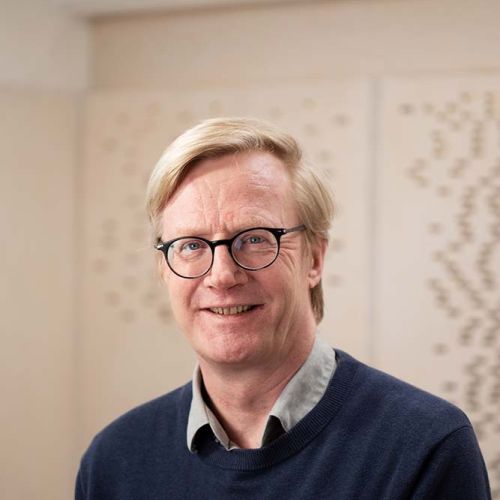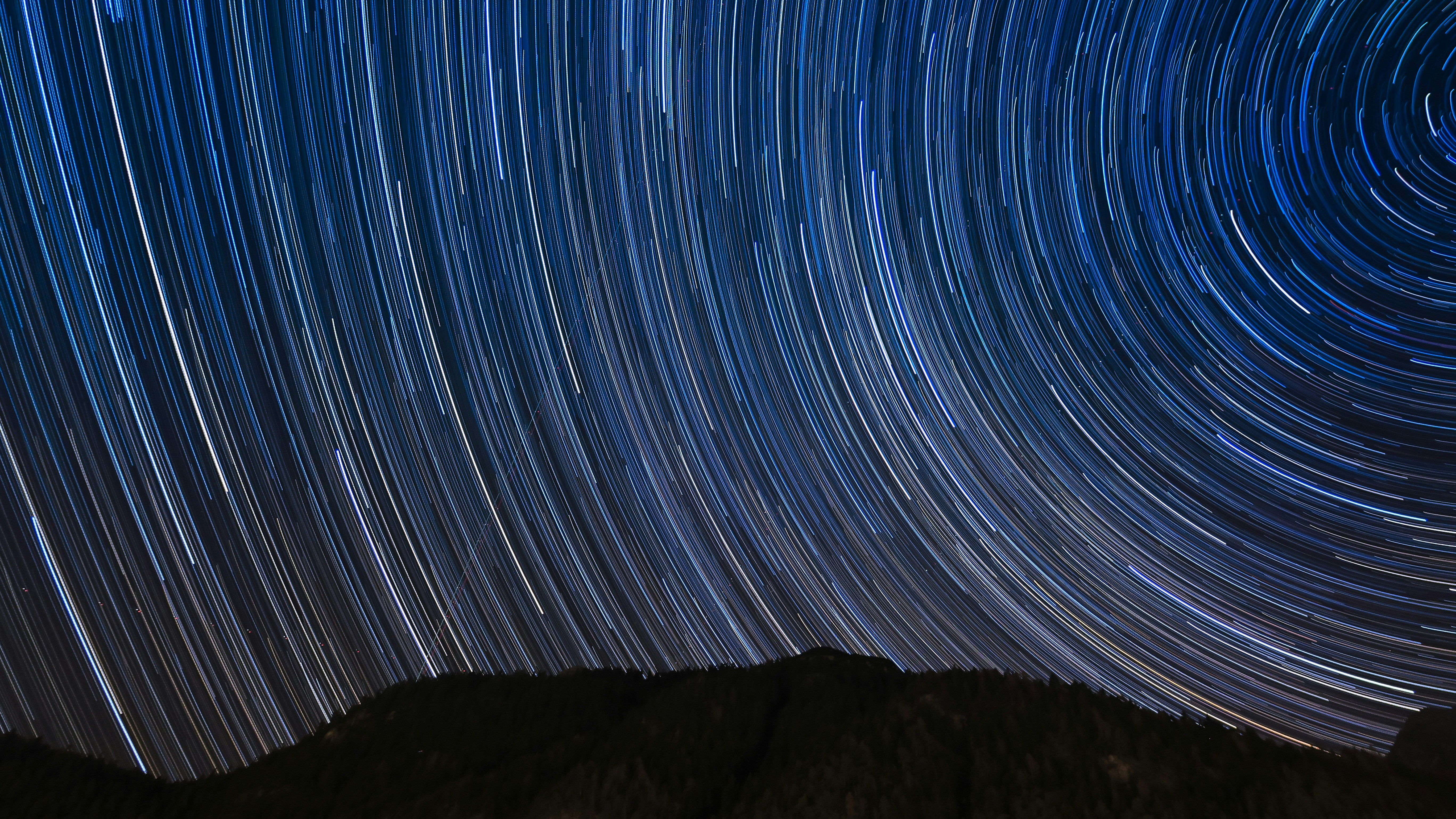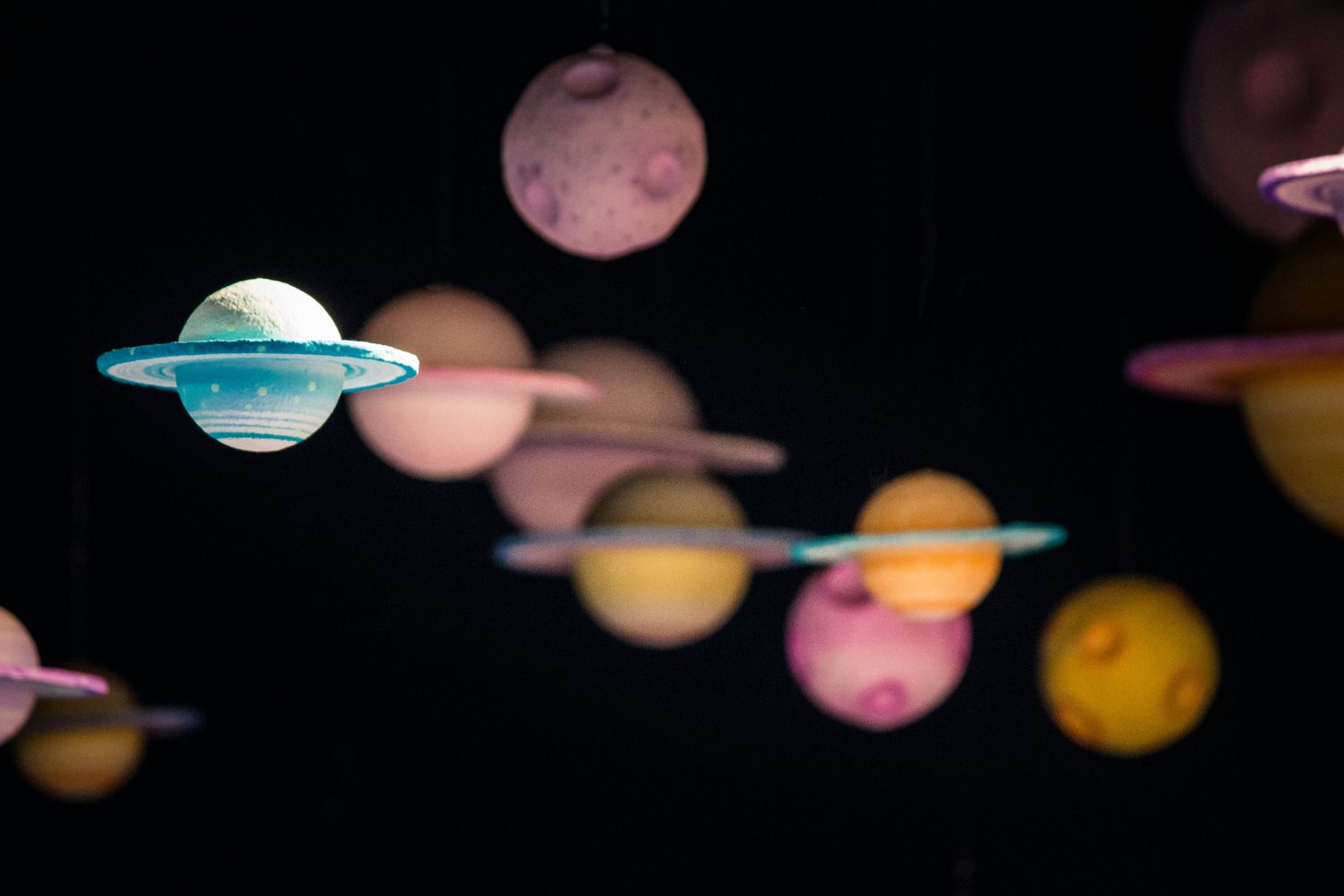Science
Astro amphitheater
- Home
- School and kindergarten
- VGS and VO
- Astro amphitheater
In our exciting astro-amphitheater, students will gain an insight into how astronomers uncover the cosmic history of life all the way back to the Big Bang.
We use simulations, video and demonstrations and explain how spectrography can give us useful information about everything from the age of stars to how the universe is expanding at an ever-faster pace. The pupils follow the presentation on a large curved screen and we encourage active discussion and questions along the way.
NB! Show up no later than 10 minutes before the lesson. Failure to attend without cancellation 7 days in advance will result in a NOK 500 fee.
What happens in this teaching program?
Curriculum and competence targets | Science (VG1)
|
Description of the lesson | Introduction (approx. 10 min)
Activity (approx. 30 min)
Closing (approx. 5 min)
|
Practical information | The teacher's role We want you as an adult to be active, participating and curious. Teachers are responsible for the group throughout the visit and may be asked to help along the way. Explainer is responsible for implementing the program. Before the visit Our teaching plans do not require preparatory work, but it is always useful to prepare students for a museum visit. Feel free to show pictures or video from the museum, tell us about what will happen, and see our digital resources. After the visit Reflect and discuss with the students after the lesson, preferably in groups. |
You meet one of us!

Caspar

Jan Alfred
Common questions and answers
One of the teachers in the group approaches the reception. We will then register that you have arrived and you will be allocated a cloakroom space and possibly cabinet for locking up valuables.
Arrive at the museum no later than 10 minutes before the start of the program. Let us know if you will be delayed by phone. 22 79 60 00. If you arrive late, the learning offer may be shortened or cancelled.
Our teaching programs are free, but you have to pay for the entrance ticket to the museum. You can only book one arrangement per visit.
Separate prices apply to teachers, pupils and school classes.
Kindergartens and schools can pay by cash/card on arrival or receive an invoice. For invoices, you must include the requisition or resource number and invoice address.
Yes! Access to the museum's exhibitions is included in the ticket for school visits. You are most welcome to explore the exhibitions both before and after the lessons.
You can eat the packed lunch in different places; in the cafe, at the reception and outside the museum entrance. It is not allowed to eat or drink in the exhibitions.
At The Norwegian Museum of Science and Technology the same rules apply as at school/kindergarten. We will
- be role models for each other
- be kind to each other and the exhibits
- use consensus
- don't run.
ATTENTION: Everything behind barriers must not be touched.
Then we all have fun and contribute to a good learning experience. If you decide that your group can visit the museum shop, the teacher must be present as long as some of the children are there.
Resources
Below you will find various resources that can help prepare students for a museum visit.

Wonder question
Here are some questions of wonder that can be used to prepare and engage students before they learn more about the topic at the museum:
-
How did the universe originate?
-
How can we measure the distances to distant objects?
-
How can we look back in time and understand the history of the universe just by observing light?



-feca758d.jpeg)

